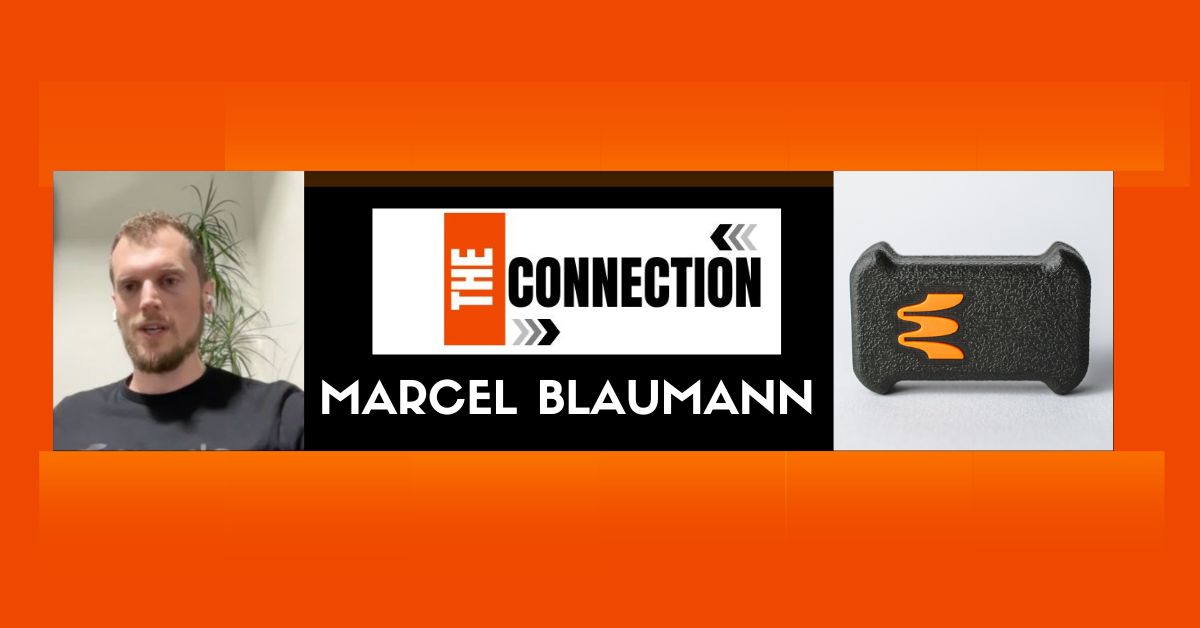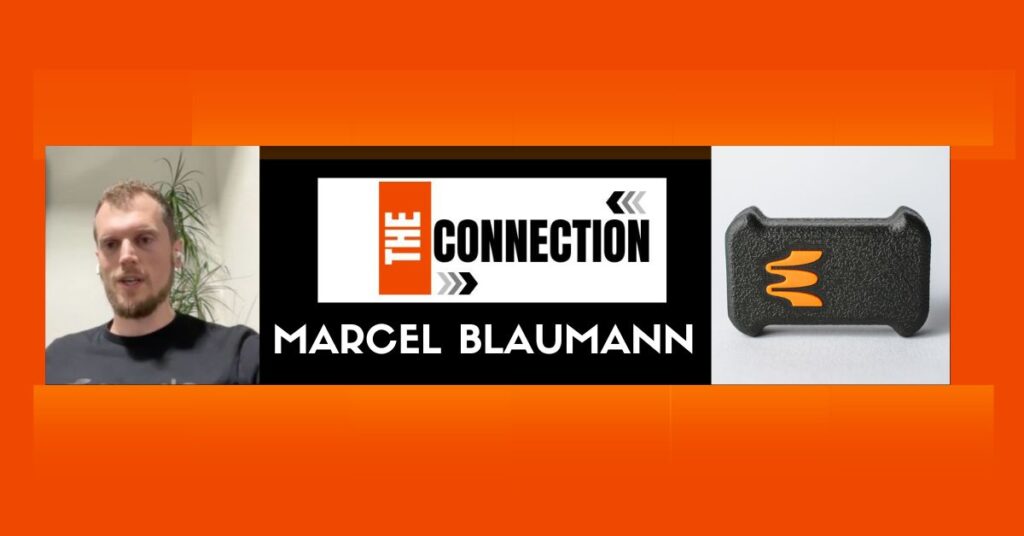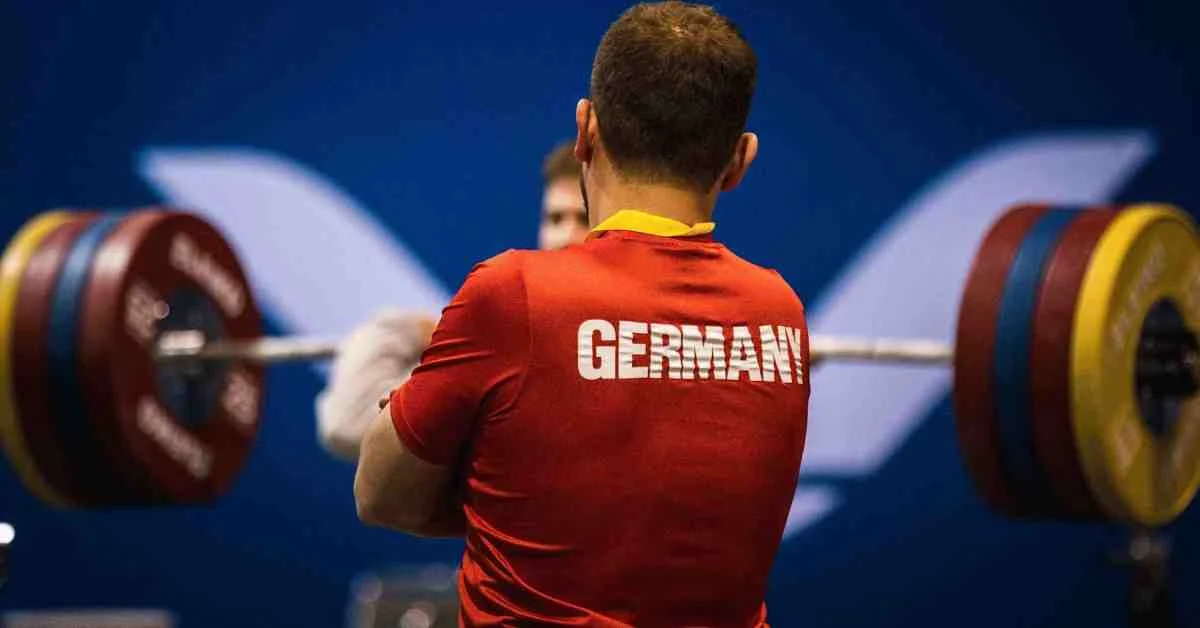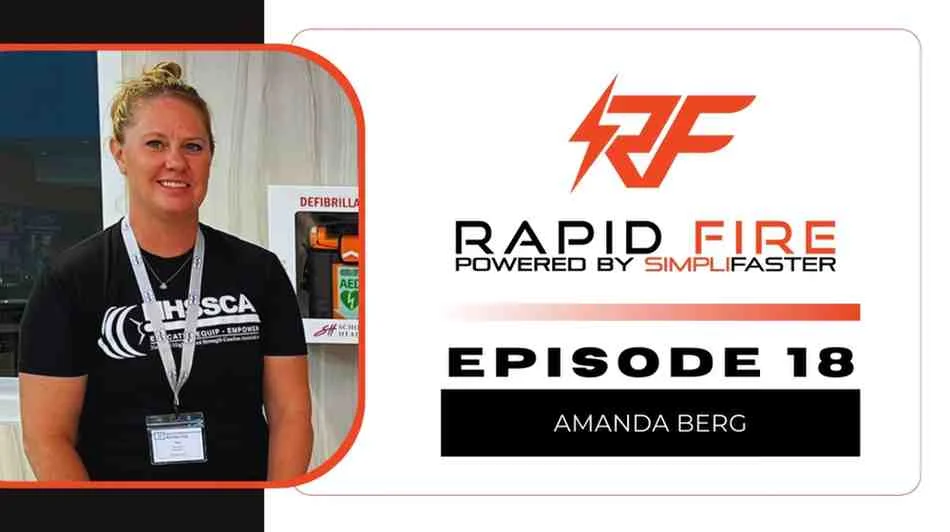“For any tech, there are certain best practices to achieve—in this case, it’s optimal sensor performance. And there’s not much you have to do to make it work every single time, all the time, for every single repetition.”
Marcel Blaumann, CEO & CTO of Enode, sits down for a quick and concise interview with SimpliFaster’s Nate Huffstutter to continue our new interview series, “The Connection.” The concept? Firsthand insights on best practices, forgotten features, and troubleshooting tips from founders and key innovators in the sports tech space.
Surprises? While Enode is most often considered a tool for velocity-based training, to simplify programming a range of exercises with large groups, Blaumann suggests ways that the system can instead be used for autoregulated, percentage-based workouts.
[vimeo 1045154529 w=800]
Connection Short Take #1: If faced with too many athletes and too many exercises to make VBT efficient in a session, Marcel Blaumann suggests using Enode for percentage-based workouts.
“With percentage-based workout programming, you enable an autoregulated approach to training,” Blaumann says. “Enode is then calculating an athletes 1RM for example and today’s readiness based on velocity relations and it’s recommending loads to use and repetitions to perform, including a stop signal when you want a set should be over.
For any tech, there are certain best practices to achieve—in this case, optimal sensor performance. There’s not much you have to do to make it work every single time, all the time, for every single rep @enodesports. Share on X[vimeo 1045177149 w=800]
The Connection Episode 2. Watch the full episode with Enode CEO Marcel Blaumann.
Versatility is a key quality that Blaumann emphasizes through the talk. In addition to discussing Enode’s uses in weight room lifts that extend beyond VBT, Blaumann also describes the sensor’s uses in jump testing.
“One of the biggest capabilities we brought over the last years is the full jump tracking ability with a variety of metrics, including Reactive Strength Index,” Blaumann says. “We can go into separate jumps like squat jump, countermovement jump, a drop jump, with different metrics for these specific jumps and applications.
[vimeo 1045155148 w=800]
Connection Short Take #2: Marcel Blaumann on Enode’s jump testing features.
More surprises? Blaumann also talks about the transition to Enode from VMaxpro and elaborates on how older VMaxpro sensors still receive 100% support and all new updates, allowing devices from 2019-2020 to still function.
On the topic of reliability and validation studies, Blaumann points prospective (and current) Enode users first to a 2023 study by Jukic et al, “Implementing a velocity-based approach to resistance training: the reproducibility and sensitivity of different velocity monitoring technologies,” in large part because all of the data points collected in the course of the study are published in it, allowing anyone to vet and/or run their own calculations from them.
For more validation studies on Enode, read:
- Enode Scientific Papers & Publications.
- Torsten Linnecke “Enode Sensor (Vmaxpro): versatile, powerful—but what does the research really say?”
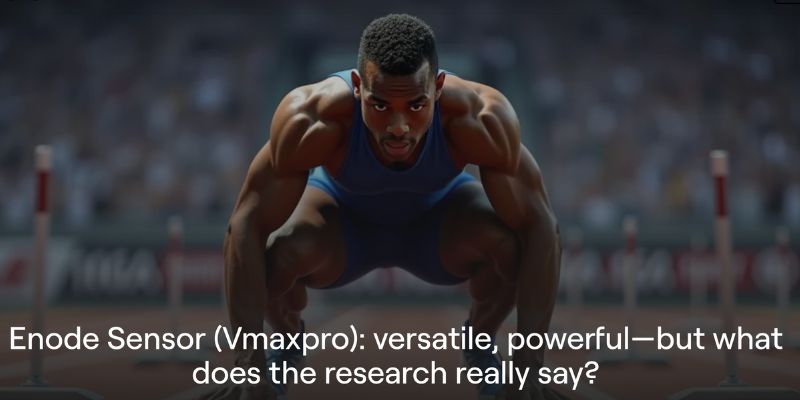
[freelap-share]

